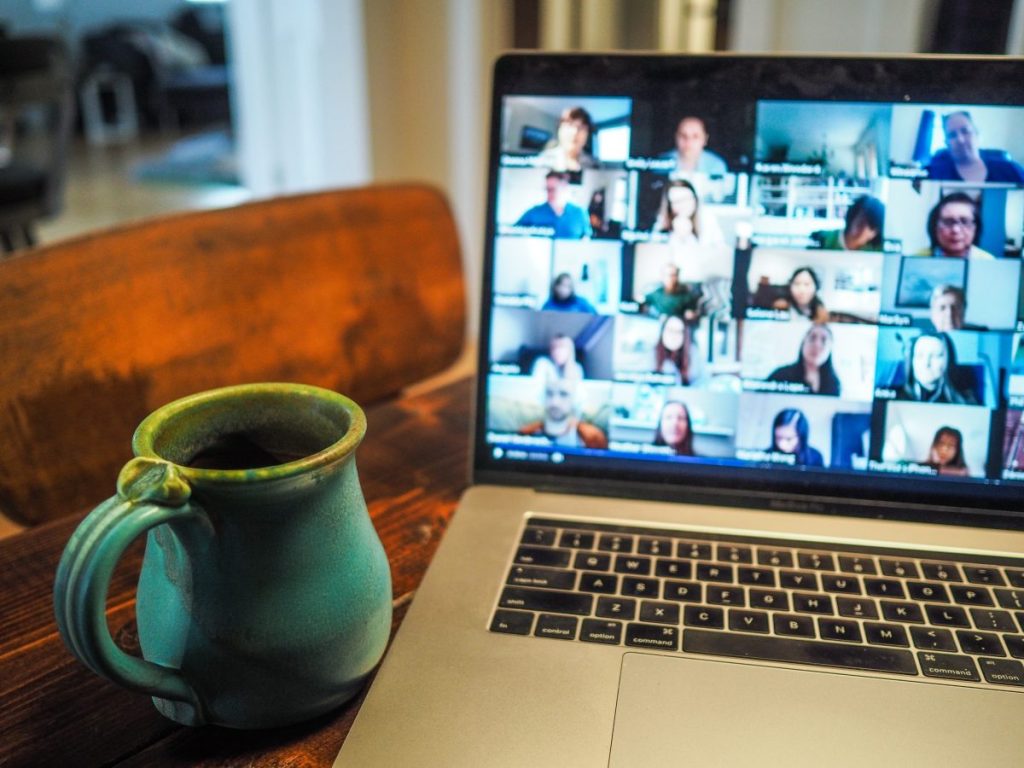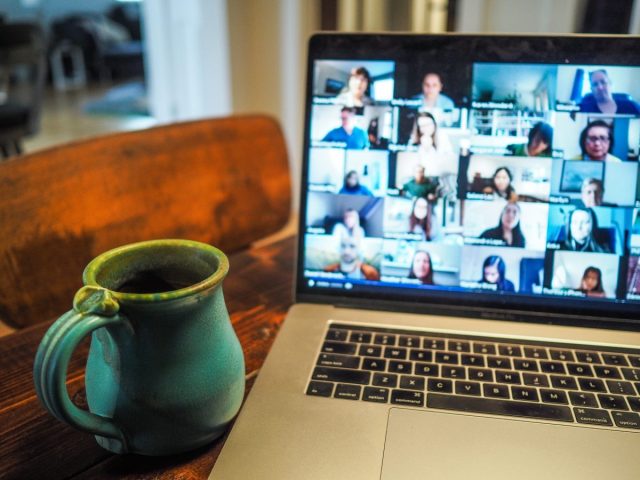According to a survey by FlexJobs and Mental Health America, 75% of people have experienced burnout at work, with 40% saying they’ve experienced burnout during the pandemic specifically. This is not surprising as many are currently working longer hours than usual. A flexible workday was listed as one of the top ways their workplace could offer support during this time.

However, just 21% said they were able to have open, productive conversations with HR about solutions to their burnout. Fifty-six percent went so far as to say that their HR departments did not encourage conversations about burnout. This survey was conducted by FlexJobs, fielded in partnership with Mental Health America (MHA) in late July 2020.
“One of the most important things remote workers can do is to set clear boundaries between their work time and non-work time, and HR needs to take an active role in helping workers practice healthy boundaries between their professional and personal lives,” said Carol Cochran, VP of People & Culture at FlexJobs. “Offering flexible scheduling to employees can have a dramatic impact on reducing burnout, since rigid work schedules usually magnify conflict between work and family, leading workers to mental exhaustion. Most importantly, leaders should strive to create a healthy company culture that values the individual as a person, and prioritizes the overall wellness of its workers,” Cochran recommended.
Employed workers are more than 3x as likely to report poor mental health now vs before the pandemic (5% vs 18%). 42% of those employed and 47% of those unemployed say their stress levels are currently high or very high. More than three-quarter (76%) agreed that workplace stress affects their mental health (i.e., depression or anxiety). Only about half (51%) of workers agreed that they had the emotional support they need at work to help manage their stress.
Top stressors include COVID-19, personal finances, current events, concern over their family’s health, the economy, and job responsibilities.
People are eager to attend virtual mental health solutions offered through their workplace, such as meditation sessions and virtual workout classes
Employed workers are more than 3 times as likely to report poor mental health now vs before the pandemic. Before the pandemic, 5% of currently employed workers said their mental health was poor or very poor. That number has now jumped to 18%. Unemployed workers are more stressed as well. Before the pandemic, 7 percent of currently unemployed workers said their mental health was poor or very poor. That number has now jumped to 27 %.
“Company leadership, including executives, HR, and management, have a responsibility to their employees to model and talk openly about behaviors that reduce stress, prevent burnout, and help employees establish the appropriate boundaries when working remotely,” said Paul Gionfriddo, President and CEO at MHA. “Offering flexibility during the workday, encouraging employees to use their PTO when they need a vacation, and providing time off for employees to tend to their mental health can help employees at all levels of a company cope with COVID-19 and other stressors.”
76% of respondents were currently working remotely. To help remote workers avoid burnout, FlexJobs has compiled these key tips for them to consider.
- Develop boundaries. One of the difficult things about being a remote worker is that you’re never really “away” from your work physically, and you need to develop actual barriers between your work and personal life. One boundary is to have a dedicated work space that you can join and leave. Or, put your laptop in a drawer or closet when you’re done with work. Start and end your work day with some kind of ritual that signals to your brain it’s time to change from work to personal or vice versa.
- Turn off email and work notifications after work hours. Turning off email when you’re not “at work” is important — you shouldn’t be available all the time. Let your teammates and manager know when they can expect you. Let people know your general schedule and when you’re “off the clock” so they aren’t left wondering.
- Encourage more personal activities by scheduling them. Most people struggle with the “work” part of work-life balance. Schedule personal activities and have several go-to hobbies that you enjoy so you’ll have something specific to do with your personal time. If you don’t have anything planned, like a hike after work or a puzzle project, you may find it easier to slip back to work unnecessarily.
- Ask your boss for flexible scheduling so you can better control your days and balance both your personal and professional responsibilities.
- Focus on work during your work time, rather than letting “life” things creep into your work hours too much. If you’re productive and efficient throughout the day, then at the end of the day it will be easier to walk away feeling accomplished and not be tempted to work into the night to finish what should have been completed during the day.
- Take a mental health screen. If your stress feels unmanageable or you have other mental health concerns, take a free, confidential, and anonymous mental health screen at https://screening.mhanational.org/screening-tools. Online screening is one of the quickest and easiest ways to determine whether you are experiencing symptoms of a mental health condition.
—Jennifer Swartvagher
Featured photo: Chris Montgomery on Unsplash
RELATED STORIES
Why Family Pets Are Good for Your Health, According to Science
Here’s What Science Says about Women, Alcohol & Mental Health
New Breastfeeding Relaxation Therapy Could Help Nursing Moms Produce More Milk, Study Says











